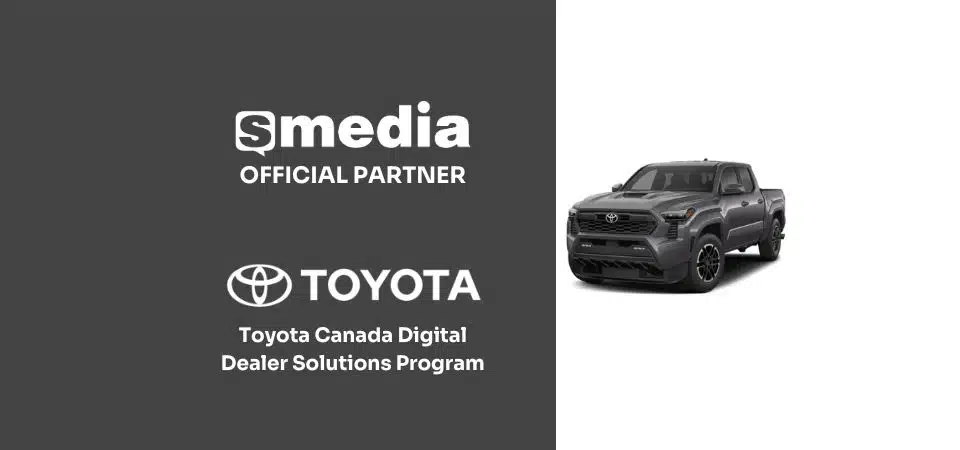Inventory management is key to success for many car dealerships. Aged inventory can be a challenge for dealers, but you can turn slow-moving stock into profit with the right strategies and tactics.
In this blog post, we will explore 15 tips to help car dealerships effectively sell their aged inventory and optimize their operations. Whether you’re a seasoned dealer or just starting out in the industry, these insights will help you navigate the complex world of selling aged inventory and boost your bottom line.
The Importance of Managing and Selling Aged Inventory
Managing and selling aged inventory is crucial for car dealerships to maintain profitability and cash flow. When inventory sits on the lot for an extended period, it ties up valuable resources that could be allocated elsewhere. This can lead to increased holding costs, depreciation of vehicle value, and potential obsolescence.
Effective management of aged inventory involves regularly assessing stock levels, identifying slow-moving vehicles, and implementing strategies to move them off the lot quickly. By understanding the reasons behind aging inventory – whether due to market trends, pricing issues, or outdated models – dealerships can tailor their sales approach accordingly.
Selling aged inventory not only frees up physical space but also allows dealerships to recoup invested capital which can then be reinvested in fresh stock or marketing initiatives. With a proactive approach to managing and selling aged inventory, car dealerships can optimize their operations and maximize profits in a competitive market.
Understanding the Different Categories of Aged Inventory
When it comes to aged inventory in car dealerships, understanding the different categories is crucial. The first category includes vehicles that have been on the lot for 60-90 days. These are considered moderately aged and may require minor incentives to sell.
The second category consists of vehicles that have been in inventory for over 90 days. These cars are considered highly aged and might need more aggressive pricing strategies or promotions to move them off the lot.
Another category to consider is seasonal inventory, which includes vehicles better suited for specific times of the year like convertibles in summer or SUVs in winter. It’s important to identify these trends and adjust your selling approach accordingly.
By recognizing the various categories of aged inventory, car dealerships can tailor their sales tactics effectively to maximize profits and clear out slow-moving stock.
Tips for Identifying and Evaluating Aged Inventory
When identifying and evaluating aged inventory at a car dealership, attention to detail is key. Start by categorizing your inventory based on how long each vehicle has been sitting on the lot. This will give you a clear picture of what needs immediate attention.
Next, assess the condition of each vehicle in the aged inventory category. Look for any maintenance or cosmetic issues that may affect its resale value. Be honest about the potential costs involved in getting these vehicles ready for sale.
Consider market trends and demand for certain makes and models when evaluating aged inventory. Some vehicles may be more popular than others, even if they have been sitting on your lot for a while.
Utilize data analytics tools to track how well different types of aged inventory are performing compared to newer stock. This information can help you make informed decisions about pricing and promotions to move aging vehicles off your lot efficiently.
Strategies for Selling Aged Inventory
When selling aged inventory for car dealerships, having effective strategies in place is crucial. One strategy is to offer special promotions or discounts specifically targeted toward clearing out older stock. This can create a sense of urgency and attract potential buyers looking for a good deal.
Another approach is to leverage online marketplaces and auctions to reach a wider audience beyond your local area. By tapping into these platforms, you can showcase your aged inventory to interested buyers who may not have otherwise come across it.
Collaborating with other dealerships or wholesale buyers can also be beneficial in moving aged inventory quickly. By networking within the industry, you may find partners willing to purchase older stock at competitive prices.
Utilizing social media channels like Facebook and Instagram can help generate buzz around your aged inventory. Posting engaging content, such as videos or photos highlighting the features of these vehicles, can capture the attention of potential customers scrolling through their feeds.
Implementing a combination of these strategies tailored to your dealership’s specific needs can help maximize sales opportunities for aging inventory.
Utilizing Online Marketplaces and Auctions
Utilizing online marketplaces and auctions can be a game-changer for car dealerships looking to move aged inventory. These platforms provide a vast reach and direct access to a large pool of potential buyers. By listing your aged inventory on reputable sites like eBay Motors or AutoTrader, you can showcase your vehicles to a wider audience beyond your local area.
Online auctions also offer the advantage of creating excitement and urgency among buyers through bidding wars. This competitive environment can help generate interest in your aged inventory and drive up prices. Additionally, online marketplaces often have features that allow you to highlight special promotions or discounts, making it easier to attract attention to slow-moving stock.
By leveraging these digital tools effectively, car dealerships can tap into new markets, increase visibility for their aged inventory, and ultimately boost sales performance.
Partnering with Other Dealerships or Wholesale Buyers
Looking to move your aged inventory quickly and efficiently? Partnering with other dealerships or wholesale buyers can be a game-changer. By collaborating with industry peers, you open up new avenues for selling those vehicles that have been sitting on your lot for too long.
Establishing relationships with other dealerships allows you to tap into their customer base and reach potential buyers who may not have considered your inventory otherwise. Wholesale buyers are also a valuable resource, as they often purchase vehicles in bulk at competitive prices.
When partnering with other dealerships or wholesale buyers, communication is key. Be transparent about the condition of your aged inventory and work together to find mutually beneficial solutions. Building trust and fostering positive relationships within the automotive community can lead to successful collaborations that benefit all parties involved.
Don’t underestimate the power of networking in the automotive industry. By joining forces with other dealerships or wholesale buyers, you can create opportunities to sell your aged inventory faster and more effectively than going it alone.
Creating Promotions and Incentives to Move Aged Inventory
When it comes to selling aged inventory at car dealerships, creating promotions and incentives can be a game-changer. Offering special deals or discounts on older models can attract potential buyers who are looking for a good bargain.
Consider running limited-time promotions such as clearance sales or exclusive offers for aged inventory. Highlight the unique features or benefits of these vehicles to entice customers who may be hesitant due to their age.
Incentives like extended warranties, free servicing, or complimentary upgrades can sweeten the deal and make purchasing aged inventory more appealing. Think outside the box and get creative with your promotional strategies to stand out in a competitive market.
By actively promoting your aged inventory through targeted marketing campaigns and advertising efforts, you can reach a wider audience and increase visibility for these vehicles. Encourage test drives and showcase the value proposition of buying older models at discounted prices.
Remember that effective promotion is key to moving aged inventory quickly and efficiently. Stay proactive in your marketing approach and regularly evaluate the success of your promotions to adjust strategies as needed.
Utilizing Social Media
Social media has become a powerful tool for marketing and selling products, including aged inventory for car dealerships. By leveraging platforms like Facebook, Instagram, Twitter, and LinkedIn, dealerships can reach a wide audience of potential buyers who may be interested in purchasing older inventory.
Posting engaging content such as photos and videos of the aged inventory with detailed descriptions can attract attention and generate leads. Running targeted ads to promote special deals or incentives on aging vehicles can also help stimulate interest from prospective buyers.
Additionally, utilizing social media allows dealerships to interact directly with customers, answer questions promptly, and provide personalized assistance throughout the sales process. Building relationships through these channels can foster trust and loyalty among buyers.
By incorporating social media into their overall marketing strategy for aged inventory, car dealerships can increase visibility, drive traffic to their listings, and ultimately boost sales performance. Embracing digital platforms as part of the selling process is essential in today’s competitive market landscape.
With these tips and strategies in mind for managing and selling aged inventory effectively at car dealerships, businesses can optimize their operations while maximizing profitability. So go ahead – implement these recommendations today to streamline your processes and achieve success in moving those aging vehicles off the lot!






